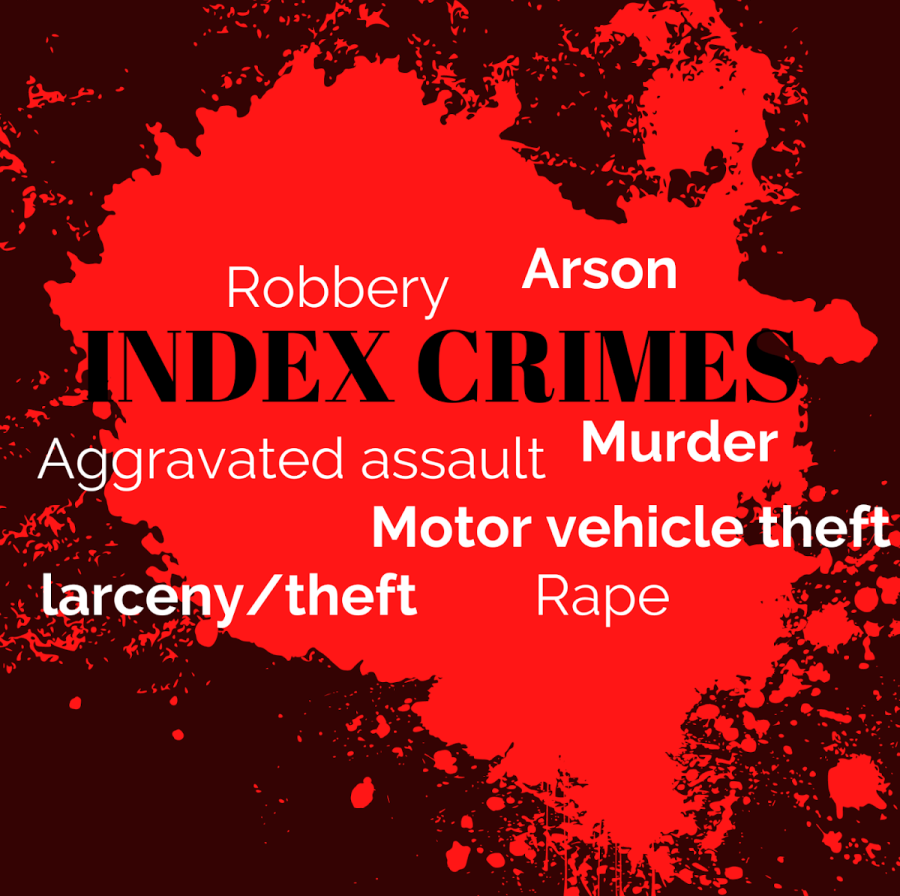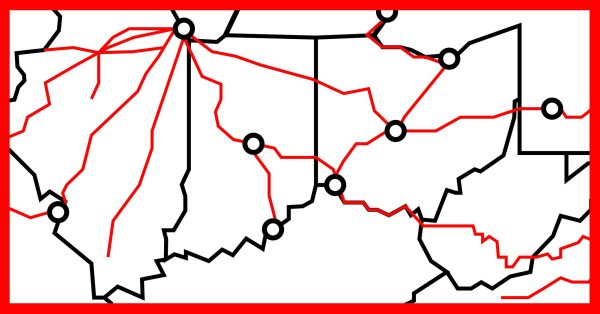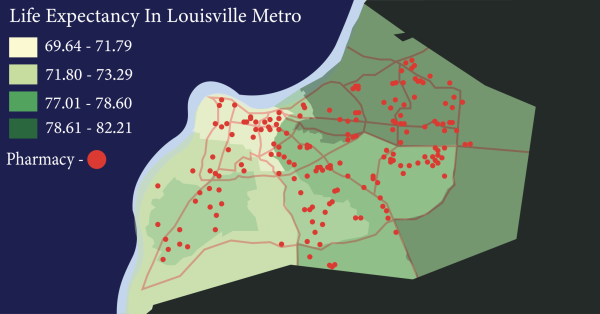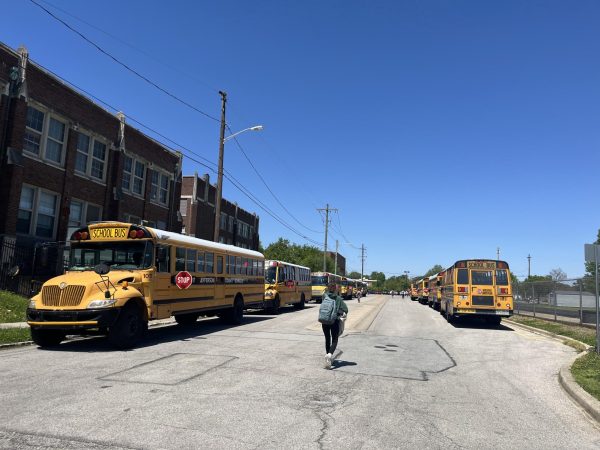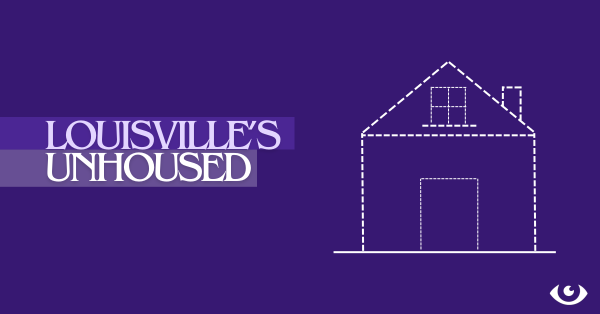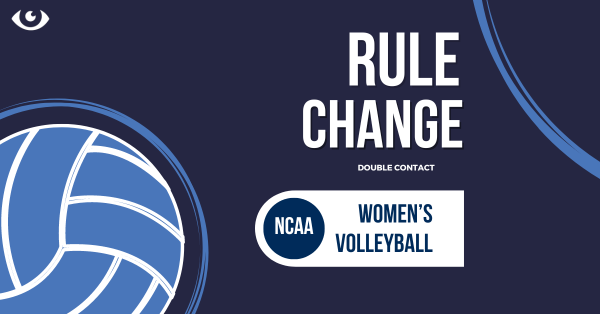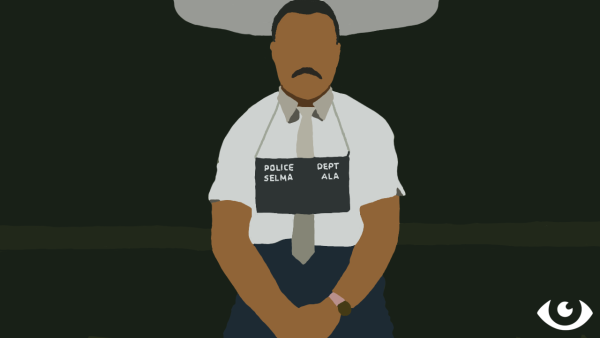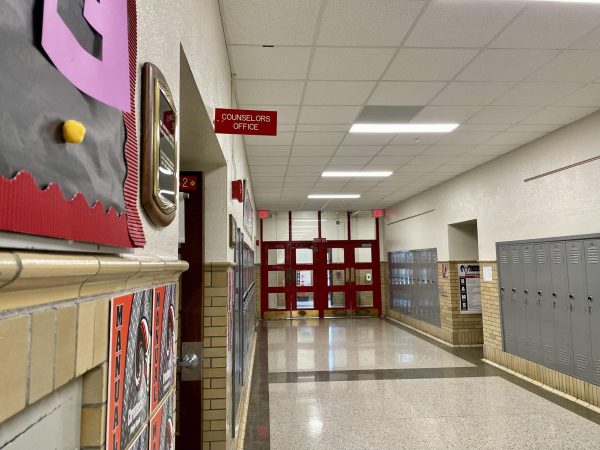OPINION: Shining a light on crime—Does street lighting help reduce index crimes?
Index crimes are some of the most prevalent and violent crimes found in our society. Design by Dia Cohen
May 11, 2023
Louisville has become part of a national surge in violent crimes throughout the U.S. For example, between 2019-2020, Louisville had an 83 percent increase in homicides. Usually, most serious crimes across the U.S. take place during night-time, due to low visibility. This can make the nighttime dangerous, raising questions on how to fix this perennial issue for everyday citizens.
In New York City, a group of professors working with the University of Chicago Crime Lab performed an experiment where street lights were randomly placed near “public housing developments” (buildings provided to low-income families at an affordable price) to reduce index crime in those areas. Index crimes are the crimes the FBI uses to create annual crime data, including murder, rape, robbery, and aggravated assault. The experimental group received temporary light towers—which emitted approximately 60,000 lumens— that were placed all around the city for 6-months. The control group did not receive any additional lighting. The control and experimental group were chosen due to their high rates of crime. The study found that this alteration of the environment can affordably improve crime statistics. “After accounting for potential spatial spillovers, we find that the provision of street lights led, at a minimum, to a 36 percent reduction in nighttime outdoor index crimes,” the study reported.
The idea of utilizing street lights to reduce index crimes is not new. In 2008, the U.S. Department of Justice reported on the benefits of street lighting and its ability to reduce crime.
With increased lightning, offenders are more likely to be recognized. This could also encourage residents to be outside, increasing “informal surveillance” in the neighborhood. All of these would deter crimes from happening proactively.
However, an article from Arizona State University discusses the potential downsides of increasing lighting. It argues that increased visibility could also benefit offenders as the visibility of victims, homes, and other property improves.
Additionally, this added light pollution could affect the sleep cycle of nocturnal animals. Light pollution can prolong their daytime, affecting their predator-prey behaviors. According to the International Dark-Sky Association, predators take advantage of the daytime to hunt while prey uses the night to hide.
For example, birds hunt and migrate using moonlight. Artificial light may cause birds to accidentally collide with buildings, as well as begin their migration journey ahead of schedule. The Royal Society for The Protection of Birds explains, “If birds leave too early, they may run out of energy before finishing their journey. If they leave too late, they may run into bad weather along the way”.
Other species also rely on moonlight to guide them. According to Duke Energy, sea turtle hatchlings follow the moon to make their way into the ocean. Hatchlings make the journey from the sand to the sea in the dark of night to avoid becoming a meal for birds.
Additionally, increased light pollution also impacts humans’ circadian cycle (internal process to regulate sleep). The increased artificial light usage interrupts this cycle leading to some health issues. According to Dark-Sky Association, the alteration of this cycle could lead to chronic insomnia, obesity, depression, breast cancer and other sleep disorders. The interference with the circadian cycle also impacts the release of melatonin. This emission of this hormone aids our physical health, boosts the immune system and lowers cholesterol among other things.
While increased street lighting can negatively affect animals, some forms can benefit nature and human health. On Sept. 27, 2021, Pittsburgh City Council passed a new Dark Sky Ordinance for all of the city’s parks, facilities and streetlights. This ordinance uses technology such as motion sensors, dimmers, cooler temperature bulbs and shielding. These methods work to direct light to the ground as opposed to the sky, reducing light pollution and providing comfort and a sense of safety for community members.
According to Carnegie Mellon University, “Dark sky-compliant lighting will improve our nighttime vision, allow us to sleep better, reduce light distraction and glare, and allow the beauty of a soft, warmly lit scene to enhance our enjoyment of the evening.”


